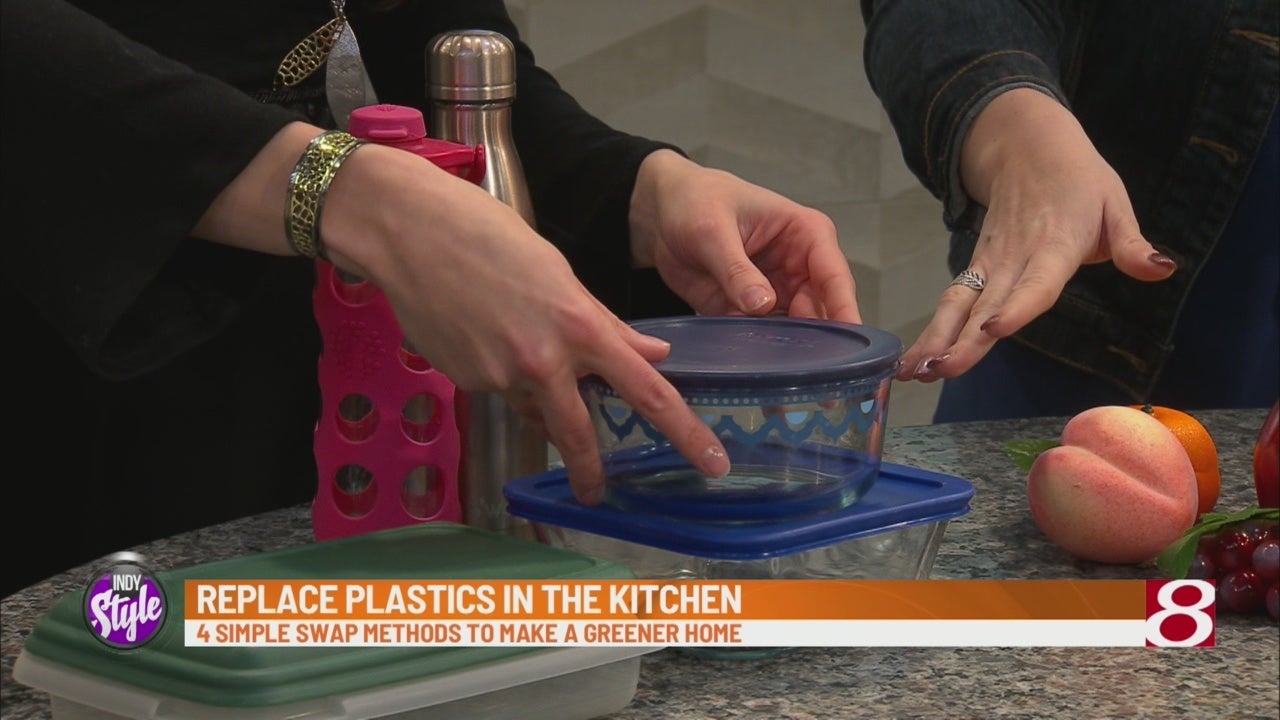Is Your Home Toxic? 4 Simple Swaps from Toxin Expert Tonya Harris
Your bathroom. Your kitchen. Your kids’ play area.
Chances are, there are toxins lurking around the corner in your home, often, when you don’t even realize it.
Tonya Harris, Environmental Toxin Expert, teaches us how to use the READ method for 4 simple swaps to make a greener home:
• Start slowly by replacing just your top 1 or 2 most-used/most-consumed products first
• Follow the 80/20 rule – 80% of the time buy safer products so you don’t have to worry about the 20% of the time you have no control (can start even at 60/40, etc)
• Start with 1 or 2 of these, then work your way up – small changes can have a big impact on your family’s health
• R = Replace plastics in the kitchen
• No plastics around foods or beverages (chems can leak into them)
• Replace plastic food containers with glass options
• Replace reusable plastic water bottles (even the BPA-free ones) with stainless steel or glass
• E = Eat organic as much as possible
• Eating organic for just several days can greatly reduce the levels of pesticides in the body.
• If you can’t completely eat organic, follow the Environmental Working Group’s “Clean 15” and the “Dirty Dozen” lists.

• Try to always buy the organic version of produce on the Dirty Dozen list, which have shown to have the most pesticide residues (https://www.ewg.org/foodnews/dirty-dozen.php)
• Buy organic for the produce on the Clean 15 list, which have been found to contain much lower amounts of pesticides (https://www.ewg.org/foodnews/clean-fifteen.php)
• A = Avoid artificial fragrance
• The EPA calls indoor air pollution the nation’s #1 environmental health problem
• Things like air fresheners, plug-ins can contribute to this, and can contain toxic chemicals (not required to be labeled because fragrance ingredients are considered to be proprietary).
• Cleaning products can also off-gas into the air, even when not being used
• So simple to DIY your own (make toilet bowl cleaner)
• D = Destroy dust
• Common household dust is one of the biggest exposures to toxins in the home
• Repairing furniture with rips, swapping furniture and electronics for those that don’t contain flame retardant chemicals
• Concentrate dusting on areas where your family spends the most time – bedrooms, family room, kids’ play area (don’t have to do your entire house every day)
To learn more, visit www.SlightlyGreener.com.


